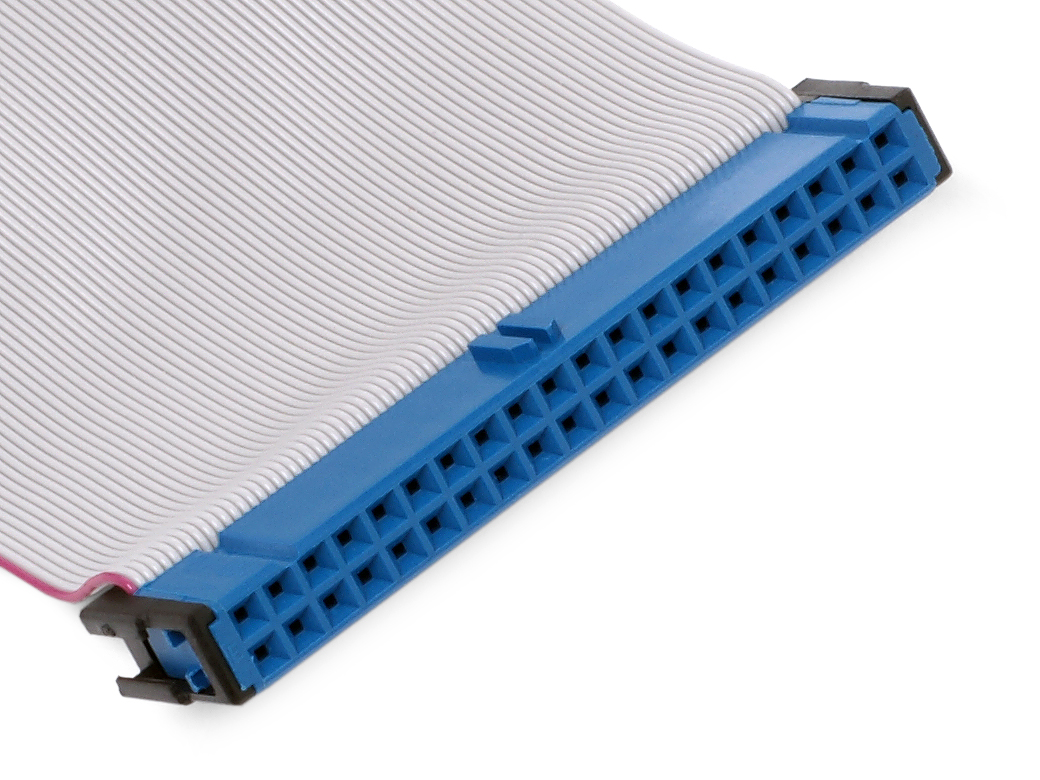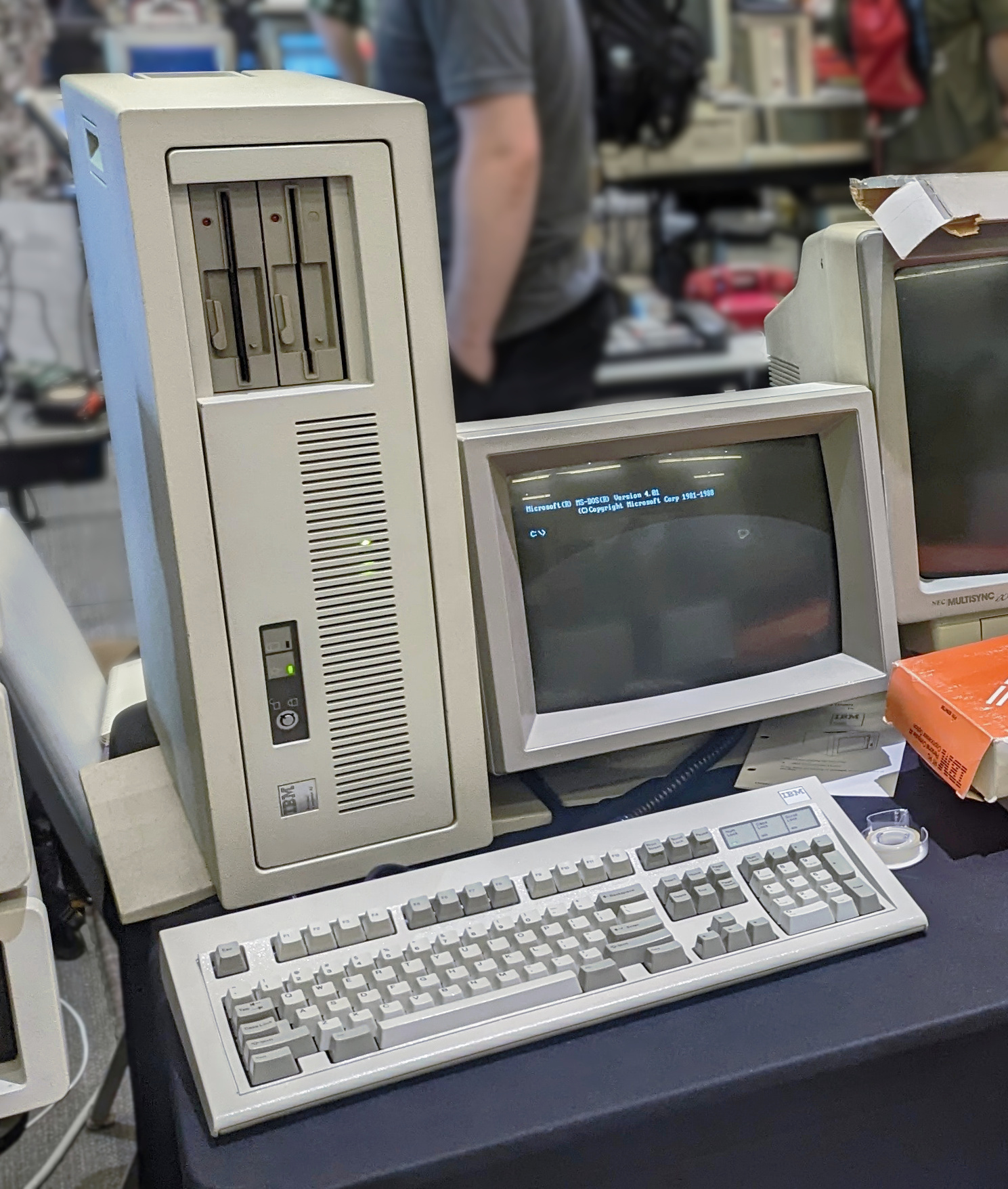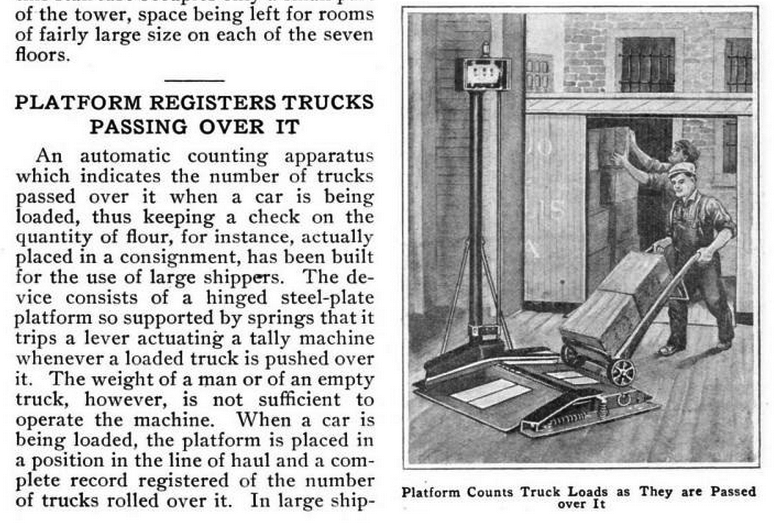|
ATA Channel
Parallel ATA (PATA), originally , also known as Integrated Drive Electronics (IDE), is a standard interface designed for IBM PC-compatible computers. It was first developed by Western Digital and Compaq in 1986 for compatible hard drives and CD or DVD drives. The connection is used for storage devices such as hard disk drives, floppy disk drives, optical disc drives, and tape drives in computers. The standard is maintained by the X3/INCITS committee. It uses the underlying (ATA) and Packet Interface (ATAPI) standards. The Parallel ATA standard is the result of a long history of incremental technical development, which began with the original AT Attachment interface, developed for use in early PC AT equipment. The ATA interface itself evolved in several stages from Western Digital's original Integrated Drive Electronics (IDE) interface. As a result, many near-synonyms for ATA/ATAPI and its previous incarnations are still in common informal use, in particular Extended IDE (EIDE) ... [...More Info...] [...Related Items...] OR: [Wikipedia] [Google] [Baidu] |
Tape Drive
A tape drive is a data storage device that reads and writes data on a magnetic tape. Magnetic-tape data storage is typically used for offline, archival data storage. Tape media generally has a favorable unit cost and long archival stability. A tape drive provides sequential access storage, unlike a hard disk drive, which provides direct access storage. A disk drive can move to any position on the disk in a few milliseconds, but a tape drive must physically wind tape between reels to read any one particular piece of data. As a result, tape drives have very large average access times. However, tape drives can stream data very quickly off a tape when the required position has been reached. For example, Linear Tape-Open (LTO) supports continuous data transfer rates of up to 360 MB/s, a rate comparable to hard disk drives. Design Magnetic-tape drives with capacities of less than one megabyte were first used for data storage on mainframe computers in the 1950s. , capac ... [...More Info...] [...Related Items...] OR: [Wikipedia] [Google] [Baidu] |
Conner Peripherals
Conner Peripherals, Inc. (commonly referred to as Conner), was a company that manufactured hard drives for personal computers. Conner Peripherals was founded in 1985 by Seagate Technology co-founder and San Jose State University alumnus Finis Conner (1943– ). In 1986, they merged with CoData, a Colorado start-up founded by MiniScribe founders Terry Johnson (entrepreneur), Terry Johnson and John Squires. CoData was developing a new type of small hard disk that put the capacity of a 5.25-inch drive into the smaller (and now commonplace) 3.5-inch format. Hard disks Design concepts Conner's drives were notable for eschewing the "tub" type of head-disk assembly, where the disks are inside a large base casting shaped like a square bowl (vessel), bowl or Vault (architecture), vault with a flat lid; instead, they preferred the flat base plate approach, which was more resistant to Shock (mechanics), shock and less likely to warp or deform when heated. Their first drives had the base pl ... [...More Info...] [...Related Items...] OR: [Wikipedia] [Google] [Baidu] |
1992 80386 PC AMD 386DX-40 No Onboard IDE Floppy Serial Parallel Sound Video Or Network
Year 199 ( CXCIX) was a common year starting on Monday of the Julian calendar. At the time, it was sometimes known as year 952 ''Ab urbe condita''. The denomination 199 for this year has been used since the early medieval period, when the Anno Domini calendar era became the prevalent method in Europe for naming years. Events By place Roman Empire * Mesopotamia is partitioned into two Roman provinces divided by the Euphrates, Mesopotamia and Osroene. * Emperor Septimius Severus lays siege to the city-state Hatra in Central-Mesopotamia, but fails to capture the city despite breaching the walls. * Two new legions, I Parthica and III Parthica, are formed as a permanent garrison. China * Battle of Yijing: Chinese warlord Yuan Shao defeats Gongsun Zan. Korea * Geodeung succeeds Suro of Geumgwan Gaya, as king of the Korean kingdom of Gaya (traditional date). By topic Religion * Pope Zephyrinus succeeds Pope Victor I, as the 15th pope. Births Valerian Roman ... [...More Info...] [...Related Items...] OR: [Wikipedia] [Google] [Baidu] |
Base Addresses
In computing, a base address is an address serving as a reference point ("base") for other addresses. Related addresses can be accessed using an ''addressing scheme''. Under the ''relative addressing'' scheme, to obtain an absolute address, the relevant base address is taken and an offset (aka displacement) is added to it. Under this type of scheme, the base address is the lowest numbered address within a prescribed range, to facilitate adding related positive-valued offsets. In IBM System/360 architecture, the base address is a 24-bit value in a general register (extended in steps to 64 bits in z/Architecture), and the offset is a 12 bit value in the instruction (extended to 20 bits in z/Architecture). See also * Index register An index register in a computer's central processing unit, CPU is a processor register (or an assigned memory location) used for pointing to operand addresses during the run of a program. It is useful for stepping through String (computer science . ... [...More Info...] [...Related Items...] OR: [Wikipedia] [Google] [Baidu] |
Southbridge (computing)
In computing, a southbridge is a component of a traditional two-part chipset architecture on motherboards, historically used in personal computers. It works alongside the northbridge to manage communications between the central processing unit (CPU) and lower-speed peripheral interfaces. The northbridge typically handled high-speed connections such as RAM and GPU interfaces, while the southbridge managed lower-speed functions. The southbridge controls a range of input/output (I/O) functions, including USB, audio, firmware (e.g., BIOS or UEFI), storage interfaces such as SATA, NVMe, and legacy PATA, as well as buses like PCI, LPC, and SPI. Southbridge and northbridge components were often designed to work in pairs, though there was no universal standard for interoperability. In the 1990s and early 2000s, they commonly communicated via the PCI bus; more recent chipsets use Direct Media Interface (Intel) or PCI Express (AMD). Intel referred to its southbridge as the ... [...More Info...] [...Related Items...] OR: [Wikipedia] [Google] [Baidu] |
IBM PC/AT
The IBM Personal Computer AT (model 5170, abbreviated as IBM AT or PC/AT) was released in 1984 as the fourth model in the IBM Personal Computer line, following the IBM PC/XT and its IBM Portable PC variant. It was designed around the Intel 80286 microprocessor. Name IBM did not specify an expanded form of ''AT'' on the machine, press releases, brochures or documentation, but some sources expand the term as ''Advanced Technology'', including at least one internal IBM document. History IBM's 1984 introduction of the AT was seen as an unusual move for the company, which typically waited for competitors to release new products before producing its own models. At $4,000–6,000, it was only slightly more expensive than considerably slower IBM models. The announcement surprised rival executives, who admitted that matching IBM's prices would be difficult. No major competitor showed a comparable computer at COMDEX Las Vegas that year. Features The AT is IBM PC compatible, with t ... [...More Info...] [...Related Items...] OR: [Wikipedia] [Google] [Baidu] |
ISA Bus
Isa or ISA may refer to: Places * Isa, Amur Oblast, Russia * Isa, Kagoshima, Japan * Isa, Nigeria * Isa District, Kagoshima, former district in Japan * Isa Town, middle class town located in Bahrain * Mount Isa, Queensland, Australia * Mount Isa Airport, IATA airport code "ISA" * Isa (river), a river in Belarus People * Īsā, the name of Jesus in Islam * Isa (name), an Arabic name corresponding to Jesus in English * Isa, stage name of Lee Chae-young, member of K-Pop group STAYC * Isa, female given name, short for Isabel or similar names beginning with Isa- such as Isadora * Isa Maud Ilsen (1868–1937), Canadian-American music therapist, nurse, lecturer * Isa Tengblad (born 1998), Swedish singer using the mononym Isa * Juan Isa (1913–1993), president of the International Baseball Federation (FIBA) from 1969 to 1975 Arts, entertainment, and media Fictional entities * ISA (''Days of Our Lives''), spy agency in TV series * Isa the iguana, in TV series '' Dora the ... [...More Info...] [...Related Items...] OR: [Wikipedia] [Google] [Baidu] |
Retronym
A retronym is a newer name for something that differentiates it from something else that is newer, similar, or seen in everyday life; thus, avoiding confusion between the two. Etymology The term ''retronym'', a neologism composed of the combining forms '' retro-'' (from Latin , "before") + '' -nym'' (from Greek , "name"), was coined by Frank Mankiewicz in 1980 and popularized by William Safire in '' The New York Times Magazine''. In 2000, '' The American Heritage Dictionary'' (4th edition) became the first major dictionary to include the word ''retronym''. Examples The global war from 1914 to 1918 was referred to at the time as the ''Great War''. However, after the subsequent global war erupted in 1939, the phrase ''Great War'' was gradually deprecated. The first came to be known as ''World War I'' and the second as ''World War II''. The first bicycles with two wheels of equal size were called " safety bicycles" because they were easier to handle than the then-dominant ... [...More Info...] [...Related Items...] OR: [Wikipedia] [Google] [Baidu] |
SATA
SATA (Serial AT Attachment) is a computer bus interface that connects host bus adapters to mass storage devices such as hard disk drives, optical drives, and solid-state drives. Serial ATA succeeded the earlier Parallel ATA (PATA) standard to become the predominant interface for storage devices. Serial ATA industry compatibility specifications originate from the Serial ATA International Organization (SATA-IO) which are then released by the INCITS Technical Committee T13, AT Attachment (INCITS T13). History SATA was announced in 2000 in order to provide several advantages over the earlier PATA interface such as reduced cable size and cost (seven conductors instead of 40 or 80), native hot swapping, faster data transfer through higher signaling rates, and more efficient transfer through an (optional) I/O queuing protocol. Revision 1.0 of the specification was released in January 2003. Serial ATA industry compatibility specifications originate from the Serial ATA Inte ... [...More Info...] [...Related Items...] OR: [Wikipedia] [Google] [Baidu] |
Integrated Drive Electronics
Parallel ATA (PATA), originally , also known as Integrated Drive Electronics (IDE), is a standard interface designed for IBM PC-compatible computers. It was first developed by Western Digital and Compaq in 1986 for compatible hard drives and CD or DVD drives. The connection is used for storage devices such as hard disk drives, floppy disk drives, optical disc drives, and tape drives in computers. The standard is maintained by the X3/INCITS committee. It uses the underlying (ATA) and Packet Interface ( ATAPI) standards. The Parallel ATA standard is the result of a long history of incremental technical development, which began with the original AT Attachment interface, developed for use in early PC AT equipment. The ATA interface itself evolved in several stages from Western Digital's original Integrated Drive Electronics (IDE) interface. As a result, many near-synonyms for ATA/ATAPI and its previous incarnations are still in common informal use, in particular Extended IDE ( ... [...More Info...] [...Related Items...] OR: [Wikipedia] [Google] [Baidu] |
PC AT
The IBM Personal Computer AT (model 5170, abbreviated as IBM AT or PC/AT) was released in 1984 as the fourth model in the IBM Personal Computer line, following the IBM PC/XT and its IBM Portable PC variant. It was designed around the Intel 80286 microprocessor. Name IBM did not specify an expanded form of ''AT'' on the machine, press releases, brochures or documentation, but some sources expand the term as ''Advanced Technology'', including at least one internal IBM document. History IBM's 1984 introduction of the AT was seen as an unusual move for the company, which typically waited for competitors to release new products before producing its own models. At $4,000–6,000, it was only slightly more expensive than considerably slower IBM models. The announcement surprised rival executives, who admitted that matching IBM's prices would be difficult. No major competitor showed a comparable computer at COMDEX Las Vegas that year. Features The AT is IBM PC compatible, with ... [...More Info...] [...Related Items...] OR: [Wikipedia] [Google] [Baidu] |




